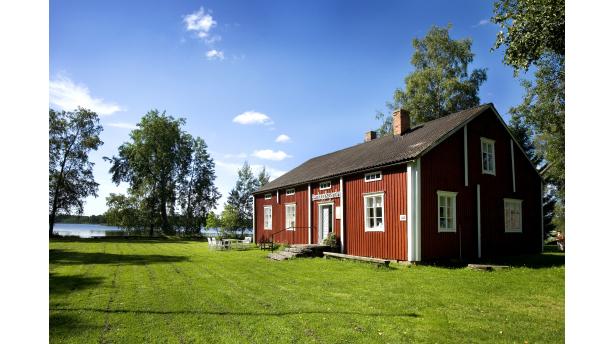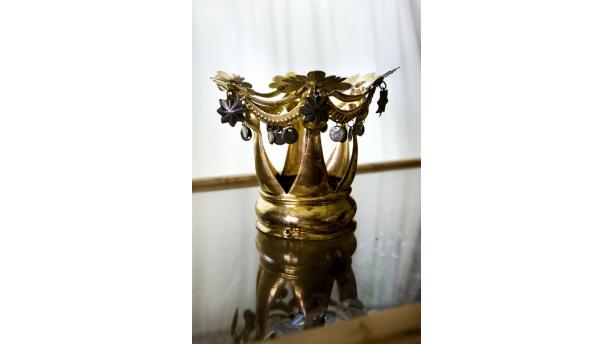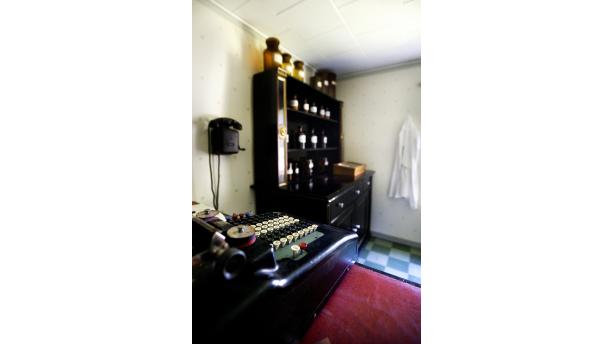Museum A-Ö » Terjärv Museum
Terjärv Museum




Did you know...
In the old times horses could have wooden horseshoes and bicycyles could have wooden tyres. Come and explore the many possibilities of wood in the museum!
The Museum is located by the Heimsjön lake of Terjärv in a scenic environment. In the museum are represented local history and artisan skills with the help of ancient discoveries, agrarian machines, beautiful textiles, old houses and stories depicting the people of Terjärv. Get acquainted with life in the old time and end your visit with a cup of coffee in the museum café.
The walls of the Terjärv Museum are embellished with colourful textiles made in the region. The oldest “celebration blanket” is from the year 1881. On display in the cabin is an impressive collection of old and new, askew and straight, simple and decorated chairs. In the side chamber can be found a little less ordinary item, namely a bridal crown decorated with colourful fabrics and papers. It also includes a smaller brass or silver crown, which is placed inside the large crown. The crown can be seen through a small hole in the backside of the outer crown. Only an untouched bride was allowed to carry a silver or brass crown. If a “tarnished” bride, however, wore the crown during the wedding ceremony, it was claimed, that it would blacken in the church, which would be a great shame.In addition to the museum other buildings have been relocated on the area, for instance a grain barn including various instruments used in milk processing and a soldier’s cottage from the 18th century. There are only two rooms in the soldier’s cottage: a front chamber and a chamber including a kitchen. It’s hard to imagine, that up to seven people could be residing in the small croft. Among the items depicting soldier life can be mentioned the collection of general Fagernäs from Terjärv, which includes for instance a Russian soldier’s uniform from the year 1899.
In the agrarian museum is a significant collection of diverse agriculture machines, for example the Punsar threshing machine engine handmade by Emil Punsar from Esse. There are only a handful of these machines and this is one of the few functioning ones. The threshing machine, which was displayed in the Paris World Exhibition of 1908 and in Brussels in 1910, is one of the museum’s gems. The stamp on the side serves as evidence of the exhibitions.
An artisan fair and a home region festival are organized every July. The premises can also be rented for sing-along evenings or wedding celebrations. The home region archive preserved in the museum can be of interest to those interested in local history.



